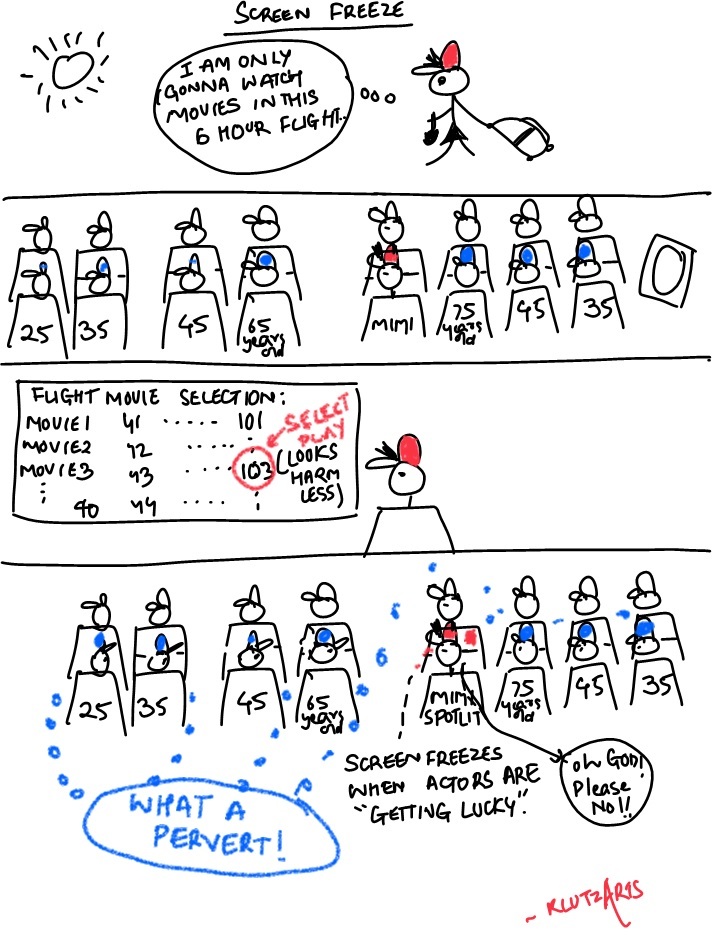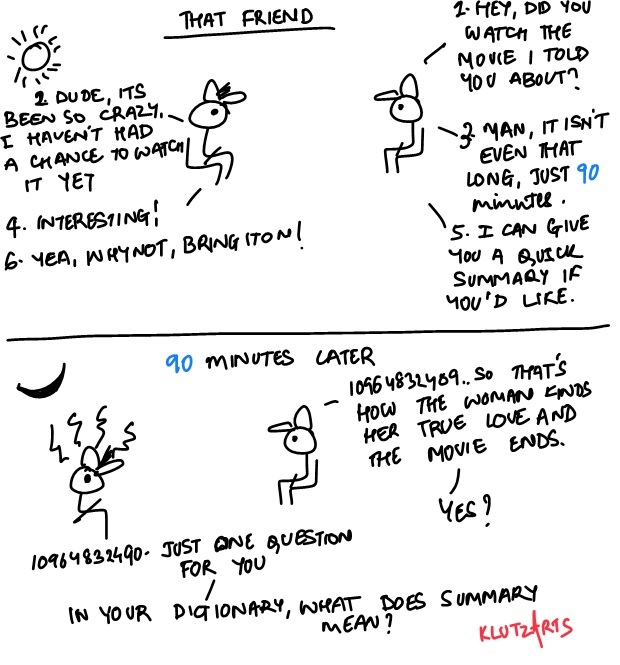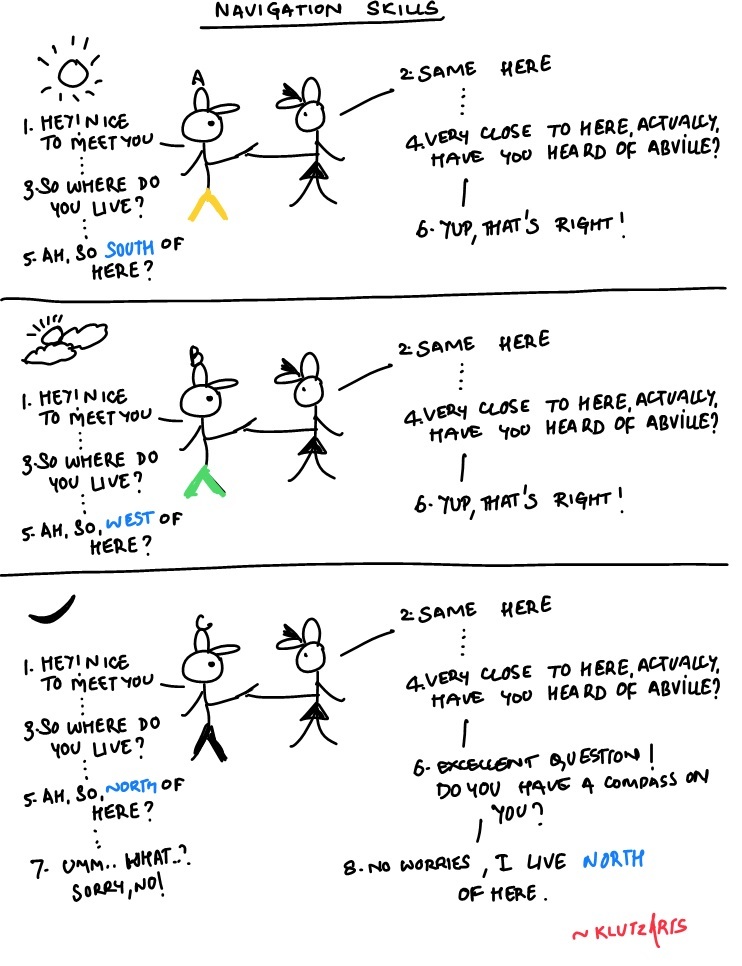Eisenheim The Illusionist is a short story written by Steven Milhauser. It was first published in 1989. It tells the story of a magician who becomes so good in his craft that people start believing that he has sold his soul to the devil and can therefore perform real magic.
Eisenheim the Illusionist: Summary & Plot Analysis
Steven Milhauser’s short story ‘Eisenheim the Illusionist’ revolves around a conjurer Eduard Abramowitz, also known as Eisenheim, who is considered the magician da supreme. The story is presented as his short biography, despite the magical occurrences in the plot, which seem other-wordly.
Very little is known of his origins outside the realm of illusion, except for a few details like, Bratislava, where his roots were, and his father being a widely respected cabinet maker, whose creations adorned the homes of gentry there.
The eldest of four children, he was fascinated by woodcraft and by the age of seventeen, was a pretty good cabinetmaker, a skill that came in handy for his future work as a master magician. A chance encounter with a travelling magician is what seemed to have spurred his lifelong – passion for magic.
He accepted his new passion wholeheartedly, albeit a bit slowly, till the age of 24, when he continued to be known for his cabinet making skills much more than those involving magic, .
However, at the age of 28, he burst into the scene with full vigor, appearing in front of a theater in Vienna.
His initial public performances were known for their subtle mastery of the illusions of the day, popular one being the Orange Tree.
As his career progressed, his illusions became more and more nuanced, holding the spectators in awe and aching for more.
His illusions had now become so realistic that people started thinking of him as a wizard instead of a showman -someone who sold his soul to the devil in return for unholy powers.
Cashing in on the popularity, Einsenheim opened his own theater, Einsenheimhaus, which saw his creations become even more original than before. His ascent to magical fame was not, however, unchallenged.
There were two prominent magicians who presented a formidable challenge to Eisenheim – Viennese Benedetti and Bavarian Passauer. Benedetti presented imitations of original Eisenheim illusions with clever variations.
Benedetti, as part of his magic trick, stepped into a black cabinet, never to be seen again. Thereafter, there were rumors of Eisenheim spiriting him away to hell. Such was the impact of Eisenhiem’s personality!
The other magician that posed a much more persistent challenge was Passauer. His masterfully done illusions took Vienna by storm.
Passaeur didn’t attack Eisenheim, and some would say, refused to even acknowledge Eisenheim’s stature as his rival.
However, both Passauer and Eisenheim continued to out-do each other in their subsequent acts, establishing a rhythm to their rivalry.
In his final performance, Passauer exhibited frightening brilliance in his illusions, with the act culminating in him exposing himself as Eisenheim. This received a tumultuous response from the audience.
Following this grand performance, Eisenheim retired from magic for a good one year, perhaps to cope with the strain of a sustained deception.
He comes back to theater, but this time his magic is centered around materializations, simple at first but becoming increasingly complex and breathtaking over time.
Einseheim began materializing holographic images on the stage, people began drawing parallels between the ones manifested on stage to the real world and started believing them to be ghosts instead.
Ghosts that had an inside track into the other world. His new act brought newer audiences into his fold – psychics as well as spiritualists. People dug around but couldn’t explain this act.
These acts from Eisenheim had a profound impact on the audience and they flocked to the theaters with anticipation.
It was around that time that rumors started about Eisenheim’s impending arrest. Finding the policeman Herr Uhl at the theater stressed the audience.
Police, citing disturbance to the public order as an official reason, justified Eisenheim’s arrest orders. As per police reports, there had been hundred incidents.
Eisenheim, however, was never caught.
He used the same mastery in illusions to escape as he used to entice the audience. A deeper analysis of Uhl’s report revealed that it was the extraordinary nature of Eisenheim’s magic – something that blurs the line between reality and illusion.
Eisenheim the Illusionist: Review
I couldn’t help but compare the story with its cinematic counterpart – The Illusionist, starring Edward Norton and Jessica Biel.
If you liked the short story and haven’t seen the movie, there is a good chance that you will be pleasantly surprised with it. Its filmmakers made significant alteration in the plot to add flavor to it.
At the risk of going completely off-theme, I will leave you with this funny quote from Terry Pratchett – the famous English humorist “Scientists have calculated that the chances of something so patently absurd actually existing are millions to one. But magicians have calculated that million-to-one chances crop up nine times out of ten.”
If the movie or the story failed to bring a smile to your face, this definitely will.



Leave a comment